Volvo's Electrification Journey: Can a Steady Pace Secure Victory?
![]() 03/17 2025
03/17 2025
![]() 590
590
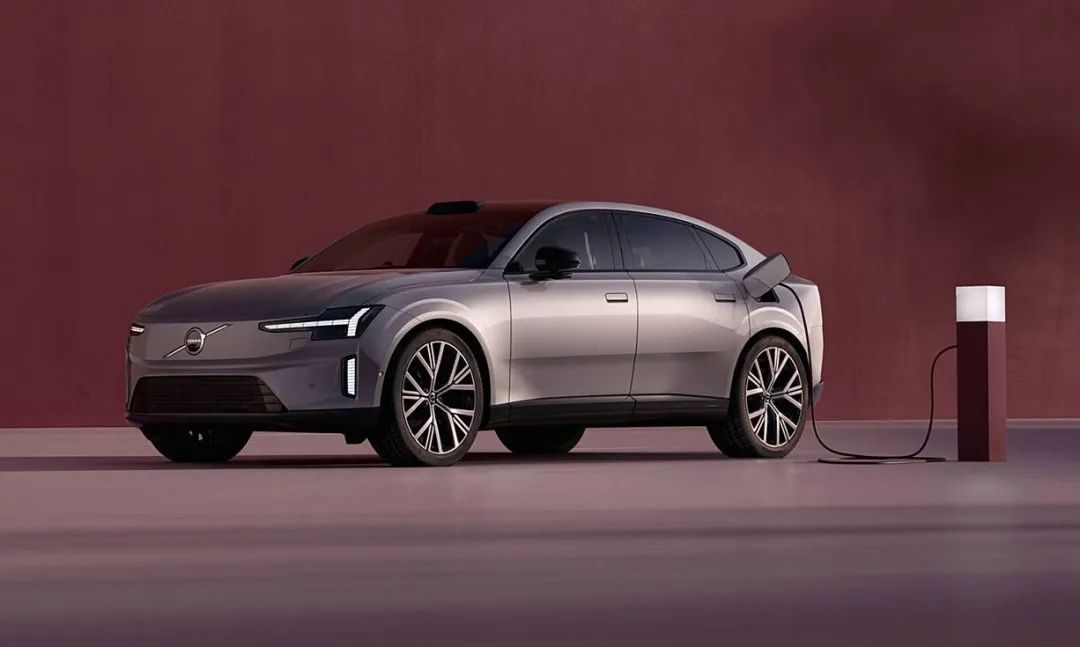
Introduction
As China's auto market embraces electrification at a pace far outstripping overseas counterparts, what strategic approach should Volvo adopt to navigate this challenging landscape?
After two years of restructuring, the auto market is now clearly defined by the rapid growth of the new energy industry, making China a pioneer in this field.
Amidst this fertile ground where the future of the industry is visible, nearly all automakers are seeking methodologies to facilitate their transformation. This year, following multiple market rejections, companies like Toyota, Volkswagen, and Honda are increasingly aware of how to adapt to this evolving market.
For luxury automakers, the rise of newcomers like NIO, Li Auto, and Huawei Inside, which are setting new benchmarks in the new energy era, makes keeping pace with the times and achieving self-transformation an even more pressing matter.
BBA continues to adjust its product portfolio, while Lexus has officially announced domestic production to pave the way for its future new energy ventures. However, as price wars intensify in China's auto market, transformation proves challenging for those lacking a solid foundation. Cadillac, Lincoln, Jaguar, and Volvo all face significant hurdles. Offering fixed prices or being forced to reduce them may temporarily alleviate anxiety, but the question remains: who can truly muster the confidence to face competition in this new era?
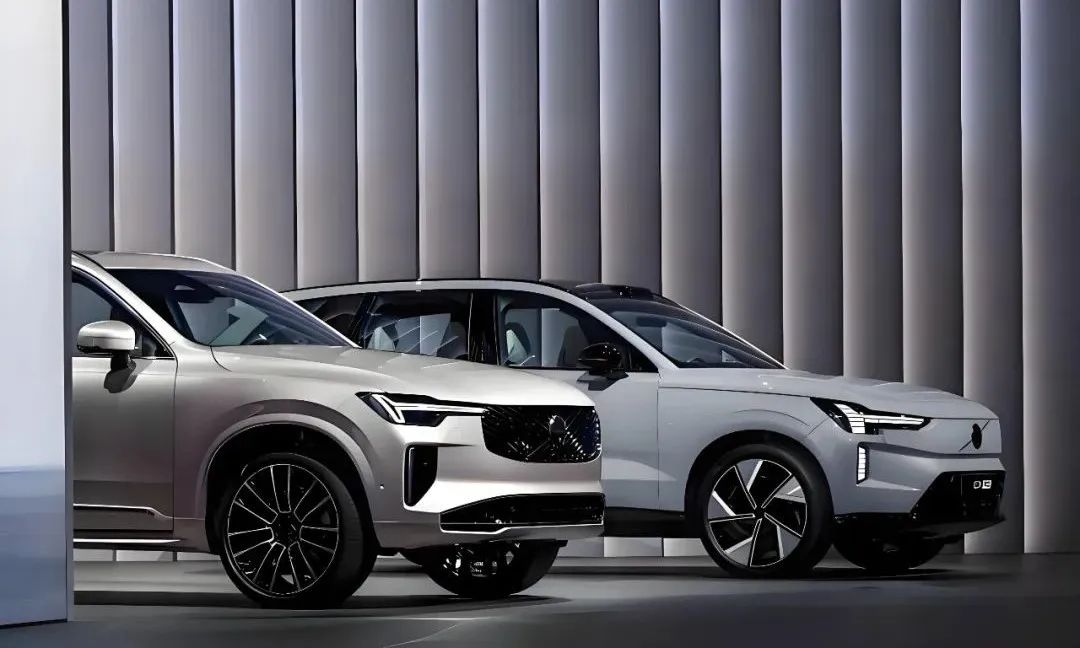
01 Transformation: A Path Shaped by Mindset
Volvo recently unveiled its latest pure electric flagship sedan, the ES90, in Gothenburg, aiming to capture a niche market. However, as new energy technology evolves beyond expectations, the path to transformation for traditional luxury brands is perceived as more challenging than anticipated.
This year marks eight years since Volvo announced its comprehensive electrification strategy. At that time, as one of the few traditional luxury brands to take a decisive step towards electrification, Volvo pledged to increase the sales share of pure electric vehicles to 50% by 2025, with the remainder being hybrid models. By 2030, it aimed to become a 100% pure electric luxury automaker, and by 2040, a benchmark for climate neutrality. This declaration remains a bold resolution even today.
Back then, shifting from Volvo's habitual "archaic" update logic to keeping pace with the times was especially difficult, especially given its mindset of replacing car models every 10 years. The pressure to accelerate transformation was immense.
By last year, Volvo had led traditional luxury brands in electrifying its entire product line. With the assistance of B-series engines, even models with weak electrical induction were part of the RECHARGE series with a mild hybrid system.
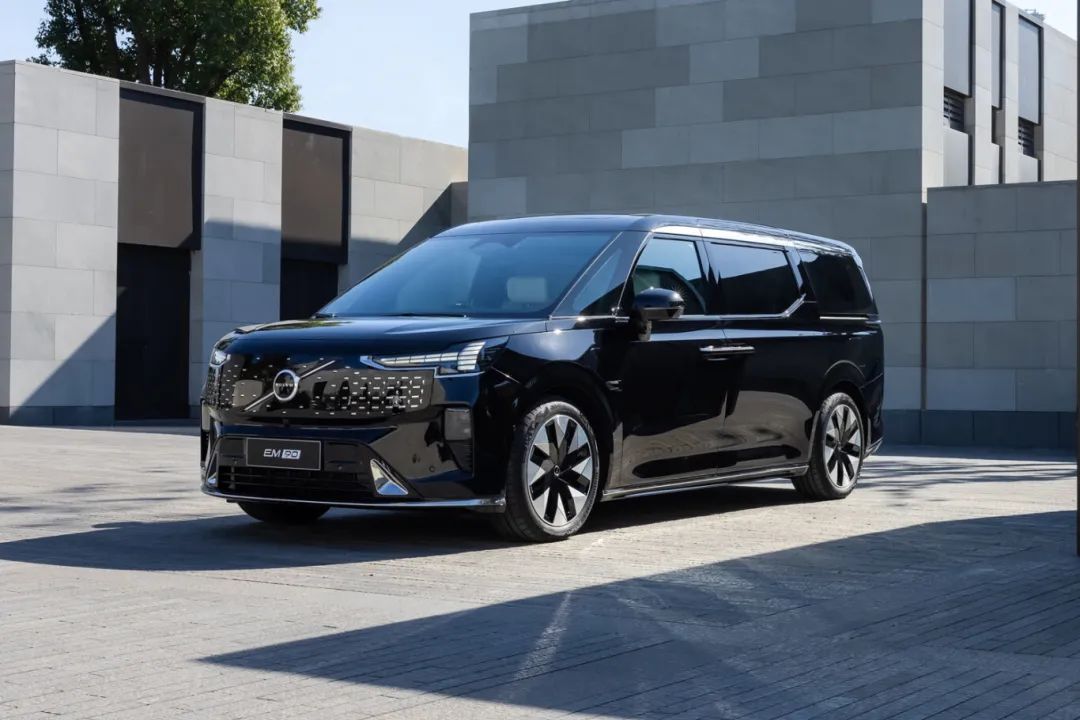
In terms of sales, Volvo sold a total of 763,000 new vehicles globally in 2024, an 8% year-on-year increase. Pure electric vehicle sales increased by 54% year-on-year, while plug-in hybrid sales rose by 16%. However, in the context of the rapidly iterating global new energy landscape, it's premature to assess the significance of any traditional luxury brand's achievements. As China's new energy industry leads the automotive transformation, Volvo, like other traditional luxury brands, faces formidable competition from Chinese automakers.
Volvo launched the EX90 globally and subsequently introduced the EM90 in China. While the full electrification of its flagship products positions Volvo ahead of peers, its separate electrification strategies for domestic and international markets are unique. Similarly, while the entry-level electric SUV EX30 sells well in Europe, it exists in China as a model to enrich the product line, seemingly paving the way for Volvo's electrification strategy.
Volvo has always maintained its distinct personality among luxury brands. The combination of Scandinavian style and the "safety" label appeals to educated individuals. Given the forward-looking nature of electrification, Volvo believes its users will understand its actions at every stage.

The ideal is clear, but given the current auto market trends, electrification measures implemented by luxury brands in China may not fully align with local demands.
The EX90, born on the SPA2 platform and unveiled a few years ago, faces stiff competition from the Audi e-tron, Mercedes-Benz EQS SUV, and BMW iX, which have struggled in China. Any brand launching a flagship product in this market must proceed with caution.
02 The Significance of China's Auto Market
Volvo can bring the ES90 to market at its own pace. Judging by the product's current features, it embodies 100% Volvo essence. In China, where luxury electric vehicle standards are being redefined, Volvo's intention to demonstrate its transformation决心 is evident.
However, the competition among Chinese automakers in 2025 is fierce. Following the concept of equal access to intelligent driving, numerous automakers have incorporated high-level intelligent driving systems with standard lidar into vehicles priced just above 100,000 yuan.
The Xiaomi SU7 Ultra, priced at just over 500,000 yuan, sets the performance benchmark for electric vehicles in this price range. Any competitor aiming to surpass this price point must offer ultra-high cost-effectiveness and superior battery, electric motor, and electronic control technology.
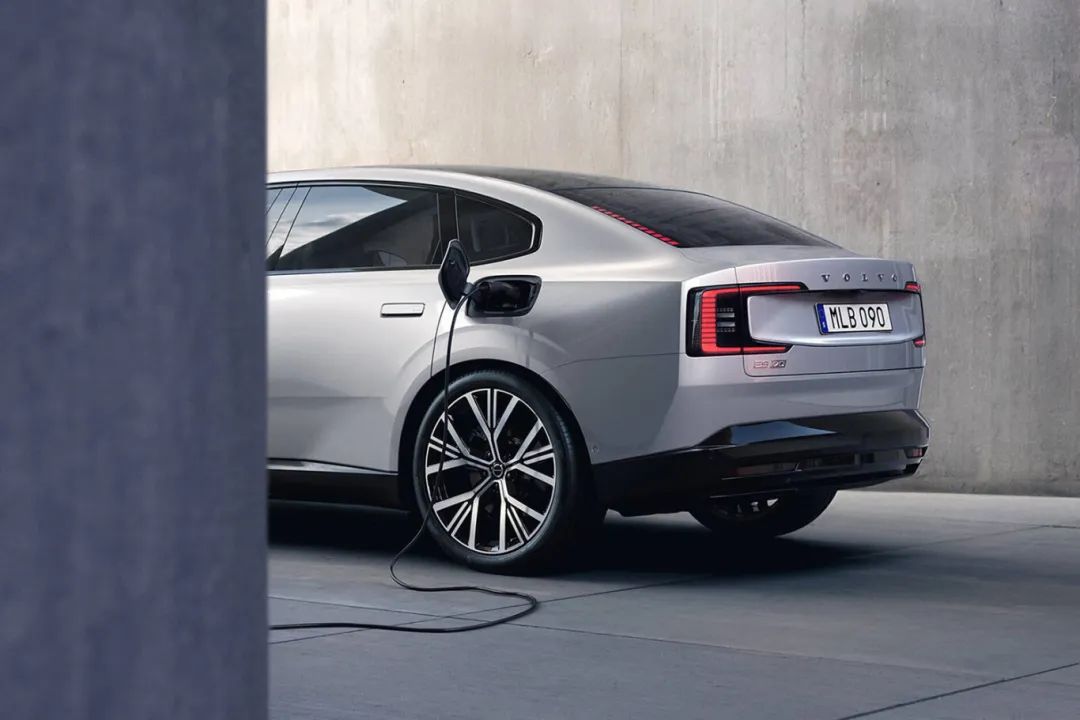
With the Zenjie S800 and NIO ET9 directly benchmarking technological superiority against Mercedes-Benz Maybach, one can find a Chinese new energy vehicle to suit all daily needs within the 100,000 to 1 million yuan price range.
Regarding Volvo's electrification opportunities in China, its approach is multifaceted. The EX90 and ES90 embody Volvo's century-old brand heritage, while the EX30 and EM90 leverage China's new energy industry chain. Unlike other luxury brands, Volvo's electrification strategy seems to have two prongs.
In Europe and the US, Volvo can continue its traditional development logic, emphasizing moderation and environmental protection. In China, understanding market trends and grasping user needs are paramount. As price wars push all electric vehicles towards lower price ranges, regardless of level or positioning, the issue of electric vehicle localization urgently needs attention from all automakers.
Reports suggest that the EX60, built on the new SPA3 platform, will be released in the second half of 2026 to complement the XC60 in terms of fuel and electric models, aiming to become a crucial part of Volvo's electrification strategy.
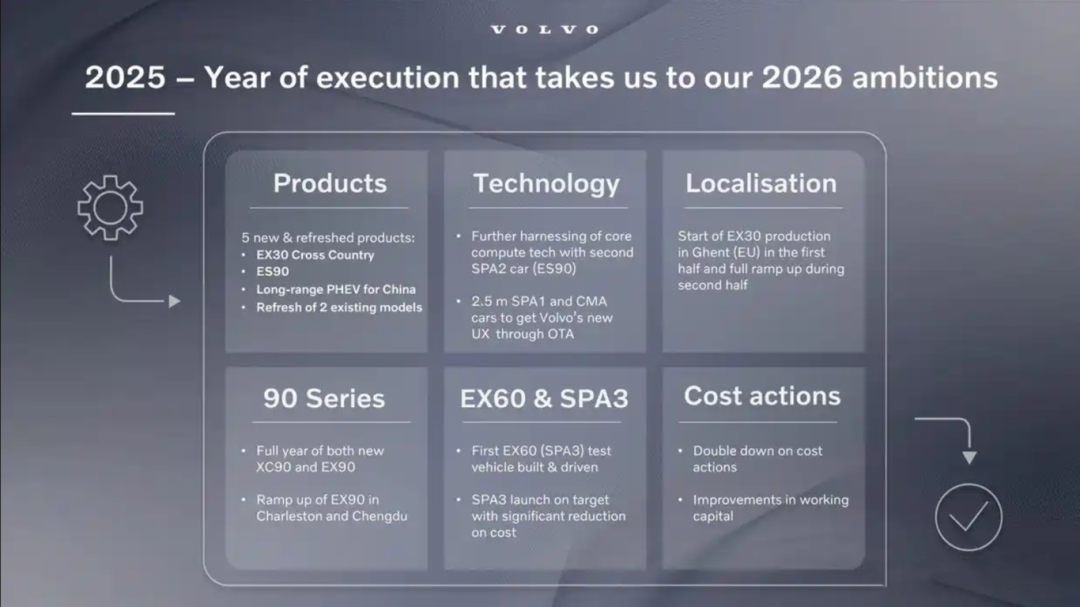
Additionally, Volvo may introduce a new "long-range plug-in hybrid model" specifically for the Chinese market, though product details remain scarce.
Ultimately, when it comes to electrification, Volvo remains the brand most people remember. The stubbornness of the Norwegians is evident in this brand. However, with Saab as a cautionary tale and years of adjustment in the Chinese market, Volvo has adopted a more Chinese approach.
In summary, electrification is not achieved overnight. No matter how enthusiastic past declarations were, they are ultimately just words on paper. A company's future path depends more on the strategies and plans finalized at each stage.
From the EX90 to the EM90, and from the EX30 to the ES90, each electric Volvo has a distinct undertone. It is hoped that Volvo can truly understand the differences between China's electric vehicle market and overseas markets. While preserving the brand's tone is important, clearly seeing one's path amidst trends is crucial.
Editor-in-Chief: Cao Jiadong, Editor: Wang Yue







